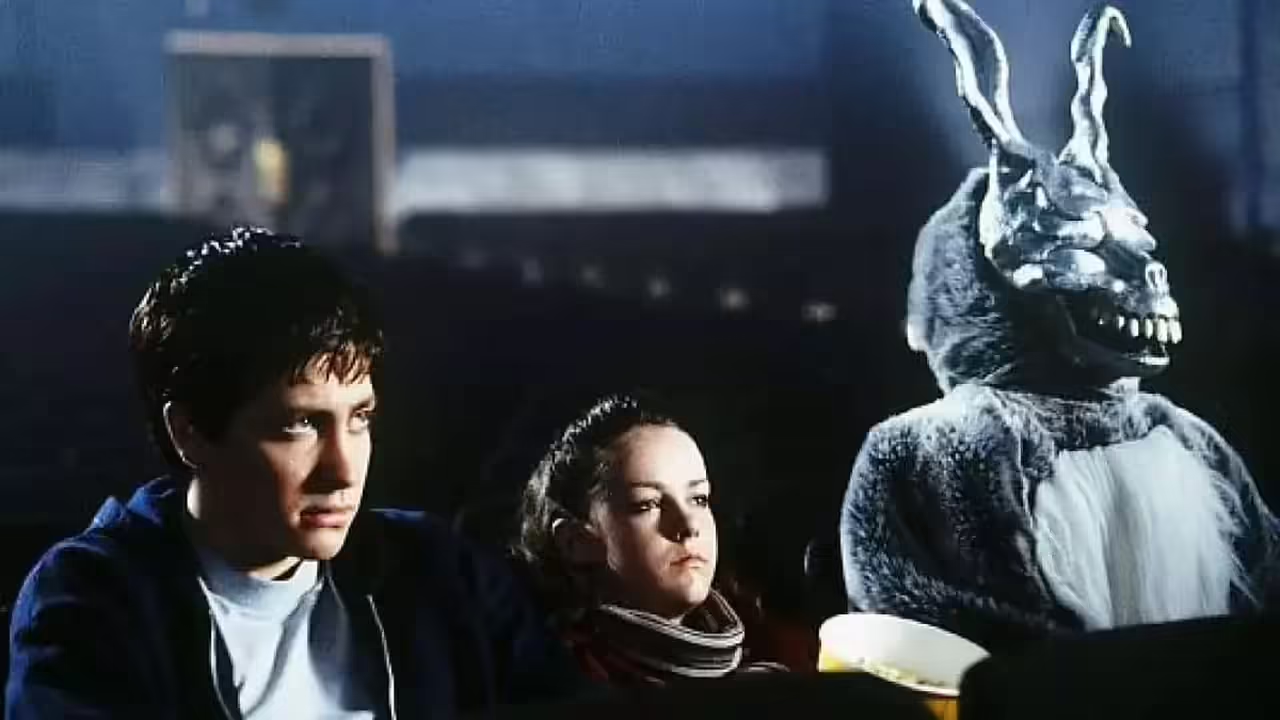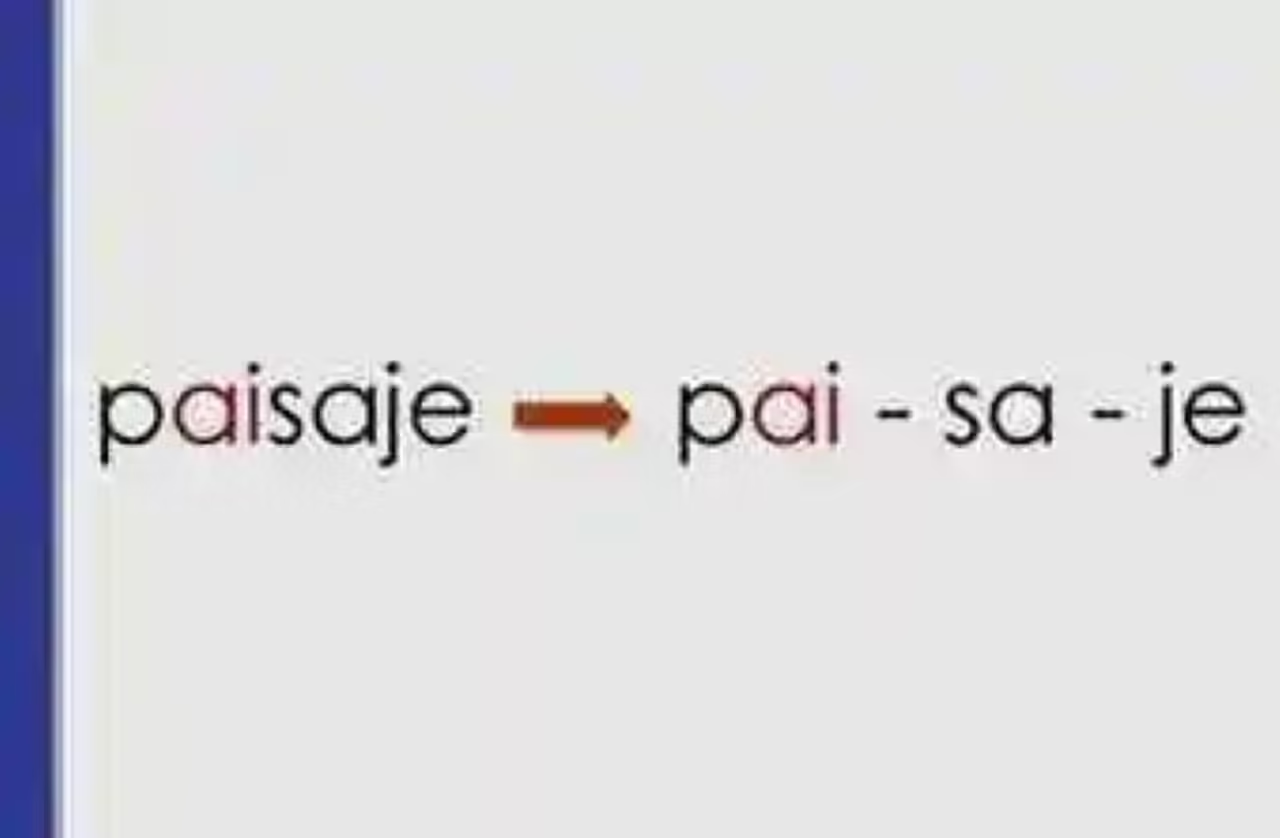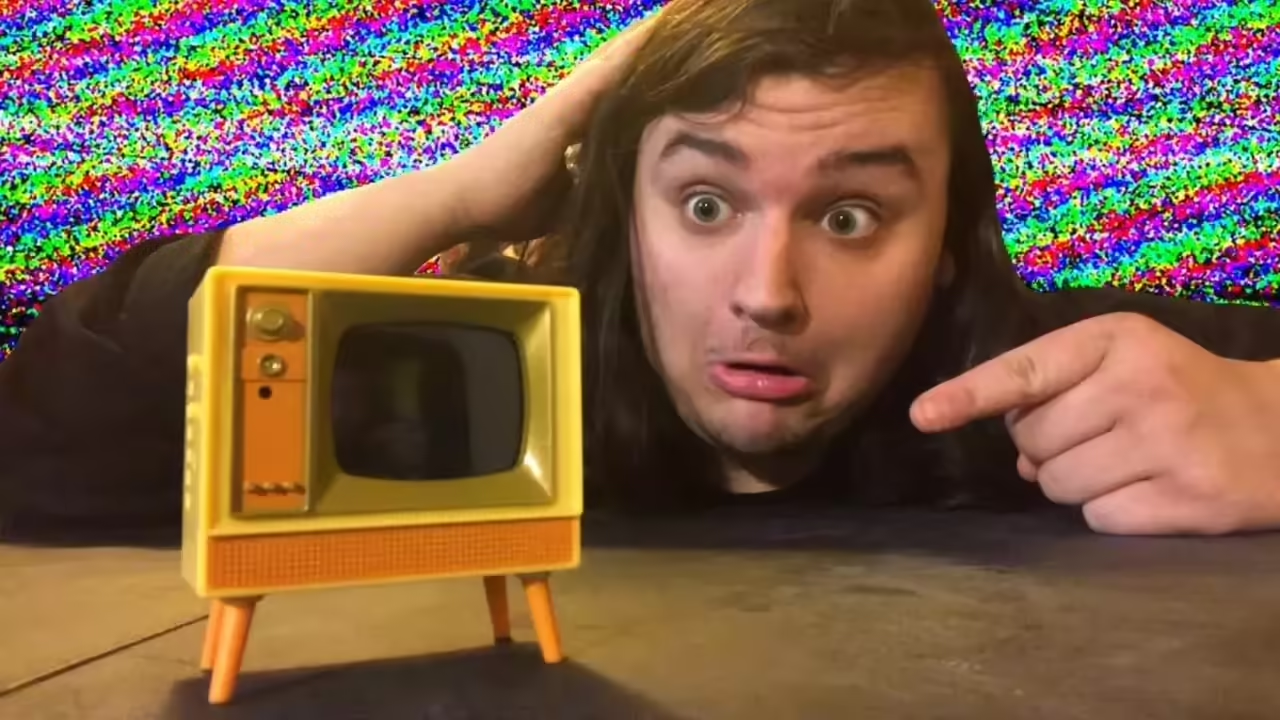
“Donnie Darko,” a cult classic released in 2001, stands as a mesmerizing piece of cinematic artistry that transcends conventional storytelling. Directed by Richard Kelly, the film blends elements of psychological thriller, science fiction, and drama to create a thought-provoking narrative that continues to captivate audiences worldwide.
The Director:
“Donnie Darko” marked the directorial debut of Richard Kelly, who also penned the screenplay. Kelly’s unique vision and storytelling approach are evident throughout the film. His ability to fuse complex themes with visually stunning sequences has made him a respected figure in the world of independent cinema. Kelly’s distinctive style in “Donnie Darko” combines mystery and existential philosophy, ultimately leaving viewers with a cinematic experience that lingers long after the credits roll.
Historical Context:
Released during the early 2000s, “Donnie Darko” emerged in the wake of the new millennium, a period that saw a surge in innovative and unconventional filmmaking. The film’s release occurred shortly after the turn of the century when cinema was in transition, moving away from the blockbuster-driven 1990s towards a more introspective and experimental era. This context allowed “Donnie Darko” to find its place among a wave of thought-provoking films that challenged traditional narrative structures and delved into deeper philosophical and psychological themes.
Cinematic Genre:
“Donnie Darko” defies easy categorization within a single genre. While it incorporates elements of science fiction through its exploration of time travel and alternate realities, it also delves into the psychological thriller genre, with its mysterious events and the complex psyche of the protagonist. The film further embraces elements of drama and dark comedy, creating a multifaceted narrative that keeps the audience engaged throughout. This genre-blurring approach is one of the reasons “Donnie Darko” has resonated with viewers seeking a cinematic experience that challenges conventions and provokes thought.
Synopsis of the Film:
“Donnie Darko” is a mesmerizing and enigmatic cult classic that weaves together a complex narrative filled with mystery, existential themes, and a touch of science fiction. Directed by Richard Kelly, this 2001 film introduces us to the eponymous character, Donnie Darko, a troubled teenager who becomes entangled in a series of bizarre and eerie events.
Plot Summary:
The film is set in the suburban town of Middlesex, Virginia, during the late 1980s. It opens with Donnie Darko (played brilliantly by Jake Gyllenhaal) waking up on a deserted mountain road after a strange sleepwalking episode. His life takes a bewildering turn when he narrowly escapes being crushed by a mysterious jet engine that crashes into his bedroom. Miraculously, Donnie had left his room just moments before the engine’s impact, a sequence of events that sets the surreal tone for the rest of the story.
As Donnie grapples with the bizarre incident, he begins to experience increasingly disturbing and surreal occurrences. He starts seeing a menacing, life-sized rabbit figure named Frank, who eerily predicts the end of the world in exactly 28 days, 6 hours, 42 minutes, and 12 seconds. Guided by Frank’s cryptic messages, Donnie embarks on a journey to uncover the truth behind his visions and the impending apocalypse.
Key Characters:
Donnie Darko (Jake Gyllenhaal): Donnie is the film’s complex and troubled protagonist. He is a highly intelligent but emotionally troubled teenager who is plagued by existential questions and inner turmoil. Donnie’s journey forms the heart of the narrative as he tries to make sense of the surreal events unfolding around him.
Frank: Frank is a haunting figure, a man in a grotesque rabbit costume who appears to Donnie as a hallucination or a supernatural entity. Frank serves as both a guide and a symbol of Donnie’s unraveling mental state.
Gretchen Ross (Jena Malone): Gretchen is a new girl in town and becomes Donnie’s love interest. She provides an emotional anchor for Donnie as he navigates the strange events in his life.
The Darko Family: Donnie’s family, including his parents (played by Mary McDonnell and Holmes Osborne) and his younger sister Samantha (Daveigh Chase), play crucial roles in the story, each dealing with their own family dynamics and challenges.
Dr. Thurman (Katharine Ross) and Jim Cunningham (Patrick Swayze): Dr. Thurman is Donnie’s therapist, who tries to help him make sense of his experiences. Jim Cunningham is a motivational speaker with a dark secret, whose influence touches the lives of several characters in the film.
Analyzing the Protagonist: Donnie’s Evolution Throughout the Film
At the heart of “Donnie Darko” lies its intricate exploration of its eponymous character, Donnie, portrayed with depth and nuance by Jake Gyllenhaal. Donnie is not your typical teenage protagonist; he is a troubled, highly intelligent, and existentially curious young man. As the narrative unfolds, we witness Donnie’s complex evolution and transformation, which is essential to the film’s overarching themes.
At the outset, Donnie is introduced as a character who grapples with inner turmoil, existential questions, and a sense of disconnection from the world around him. His encounters with the disturbing and enigmatic figure of Frank, the ominous rabbit-costumed messenger, set the stage for his descent into a surreal and existential journey. Donnie’s interactions with Frank gradually expose his vulnerability and his struggle to make sense of his increasingly bizarre reality.
Throughout the film, Donnie’s character undergoes a profound transformation as he navigates the blurred boundaries between sanity and madness, reality and fantasy. He becomes more introspective, questioning societal norms, and challenging authority figures. His relationship with Gretchen, the new girl in town, serves as an emotional anchor and a source of personal growth.
Donnie’s evolution is punctuated by moments of rebellion, introspection, and self-discovery. His journey is marked by a series of choices and actions that reflect his inner turmoil and the external forces acting upon him. As the film progresses, Donnie’s character becomes increasingly enigmatic and unpredictable, making it challenging for the audience to discern the true nature of his experiences.
The Duality of Reality and Fantasy in the Plot:
One of the defining aspects of “Donnie Darko” is its skillful exploration of the duality between reality and fantasy. The film presents a world where the boundaries between these two realms are fluid and malleable. Donnie’s interactions with Frank, the prophetic rabbit figure, blur the lines between hallucination and supernatural intervention, leaving both Donnie and the audience questioning the nature of his experiences.
The use of parallel universes and time travel further accentuates this duality. Donnie’s journey is characterized by temporal anomalies and a sense of predestination, blurring the distinction between cause and effect. The film’s nonlinear narrative structure adds to the ambiguity, as events unfold out of chronological order, challenging the audience’s perception of reality.
The concept of Tangent Universes, a central element of the plot, introduces the idea that Donnie’s actions may have consequences beyond his immediate reality. This concept deepens the sense of mystery and invites viewers to contemplate the interconnectedness of events and the fragility of existence.
Exploring Existential and Philosophical Themes
“Donnie Darko” is a film that delves deeply into existential and philosophical themes, challenging the audience to contemplate the fundamental questions of human existence. Throughout the narrative, the movie raises thought-provoking questions about the nature of reality, the individual’s place in the universe, and the meaning of life itself.
The Nature of Reality: One of the central philosophical inquiries in the film revolves around the nature of reality. “Donnie Darko” blurs the boundaries between the real and the surreal, leaving the audience to question whether Donnie’s experiences are the result of mental illness, supernatural forces, or a combination of both. This uncertainty mirrors the philosophical concept of phenomenology, which examines how individuals perceive and interpret the world around them.
Death and Mortality: The theme of death is a recurring motif in “Donnie Darko.” Donnie’s experiences with Frank, the disturbing rabbit figure, introduce the concept of predestination and the idea that death is an inherent part of the human experience. Donnie’s journey forces him to confront his own mortality and contemplate the inevitability of death, sparking existential reflections on the meaning of life in the face of impermanence.
Time and Determinism: The film also explores the concept of time and its relationship to human agency. Donnie’s encounters with time travel and alternate realities raise questions about the nature of free will and determinism. The idea that events may be predetermined and that our choices are influenced by unseen forces challenges traditional notions of personal autonomy.
Donnie Darko’s Reflections on Death, Time, and Free Will:
Throughout the film, Donnie grapples with these existential and philosophical themes in profound ways:
Death: Donnie’s premonitions of death, including the jet engine crash that opens the film, serve as a constant reminder of mortality. His interactions with Frank, who embodies a macabre death figure, compel him to confront the uncertainty of life’s duration.
Time: Donnie’s experiences with time travel and Tangent Universes invite viewers to ponder the malleability of time and its impact on human choices. The film suggests that the universe may have a predetermined course, challenging the idea of free will.
Free Will: Donnie’s actions throughout the film are influenced by his interactions with Frank and his sense of impending doom. This raises profound questions about whether he is making choices of his own volition or merely following a preordained path.
Analyzing Richard Kelly’s Direction and Distinctive Visual Style
Richard Kelly’s directorial debut in “Donnie Darko” is a testament to his unique and visionary storytelling. Kelly employs a distinctive visual style that infuses the film with a sense of unease and mystery, effectively complementing the narrative’s existential and psychological themes.
Dark and Atmospheric Aesthetics: Richard Kelly’s visual style leans heavily into darkness and shadow, creating an atmosphere that is both haunting and captivating. The film’s predominantly muted color palette, with its deep blues and grays, contributes to the sense of foreboding that permeates the story. This visual approach mirrors the darkness within Donnie’s psyche and the enigmatic nature of the plot.
Symbolism and Visual Metaphors: Kelly utilizes symbolism and visual metaphors throughout the film to convey deeper meaning. For example, the recurring image of the manipulated water main represents the disruption of the natural order and hints at the instability in Donnie’s world. Frank, the rabbit figure, is a visual metaphor that embodies fear and death, and his unsettling presence looms over the narrative.
Subtle Camera Techniques: Kelly employs subtle camera techniques to immerse viewers in Donnie’s subjective experience. Close-ups and unconventional angles draw the audience into Donnie’s emotional turmoil, while long shots emphasize his isolation within the suburban landscape. These techniques create an intimate connection between the audience and the protagonist.
Use of Music and Cinematography to Craft Atmosphere:
Musical Score: “Donnie Darko” is renowned for its evocative musical score, featuring tracks by artists like Tears for Fears and Gary Jules. The use of music is integral to the film’s emotional impact, with each song carefully chosen to enhance the mood and meaning of particular scenes. Most notably, Gary Jules’ rendition of “Mad World” serves as a haunting and melancholic backdrop, underscoring the film’s themes of existential despair and alienation.
Cinematography and Visual Effects: The film’s cinematography by Steven Poster plays a pivotal role in creating a sense of otherworldliness. The use of slow-motion sequences and innovative visual effects adds to the film’s dreamlike quality, blurring the lines between reality and fantasy. These techniques mirror Donnie’s perception of time and the surreal nature of his experiences.
Sound Design: Beyond the soundtrack, sound design is crucial in “Donnie Darko” to heighten tension and evoke emotions. The subtle incorporation of ambient sounds, such as the hum of electrical lines or the rumble of distant thunder, adds layers to the film’s atmosphere and amplifies its sense of unease.







